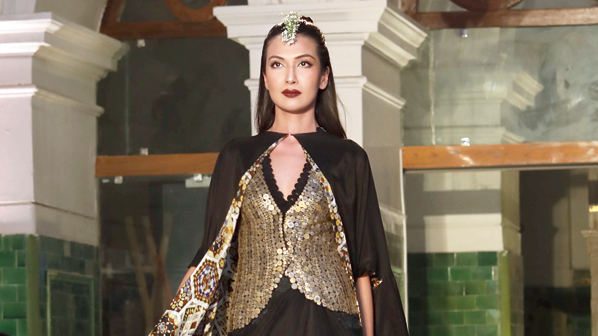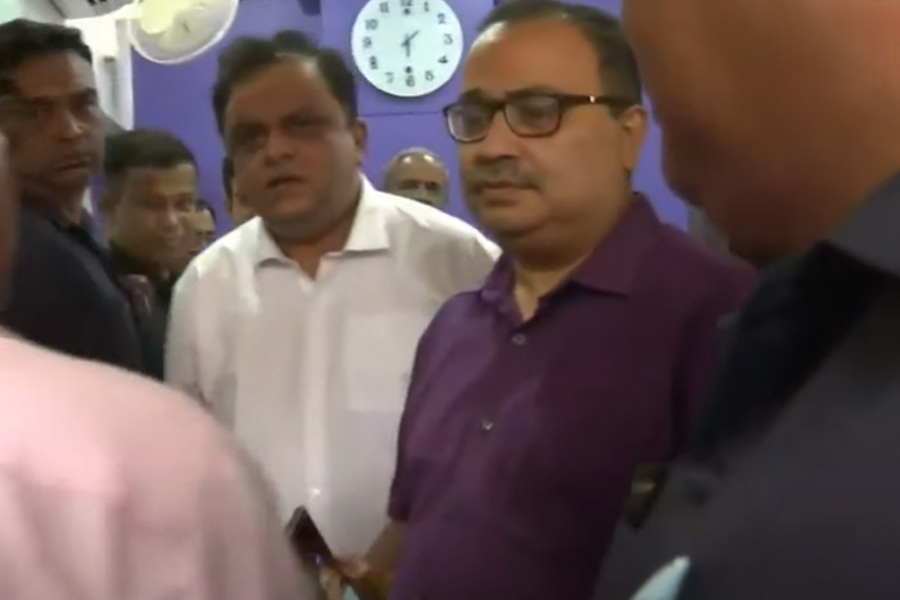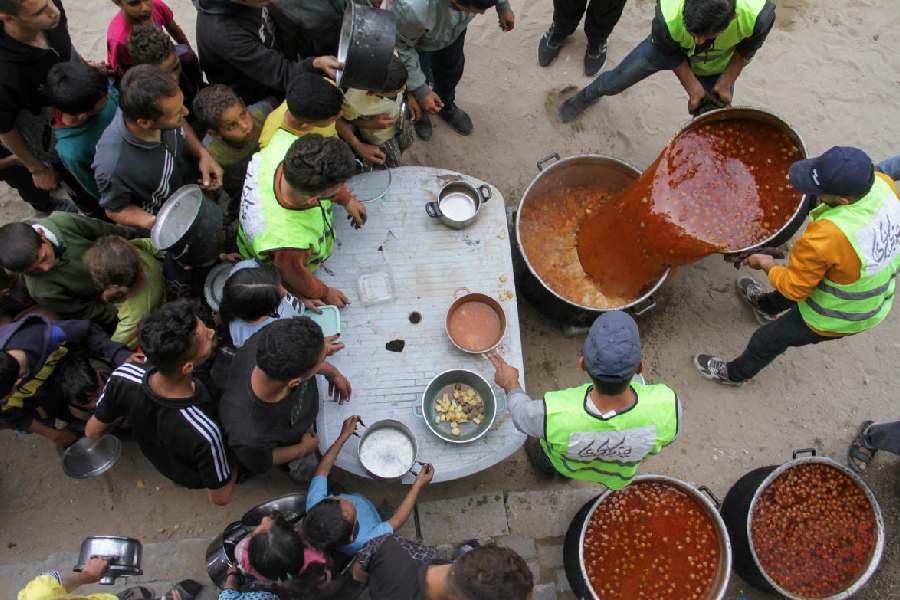Every person should try to leave a legacy behind, be it a Bajaj scooter, a Taj Mahal or the simple story of the bandhgala” — this succinct explanation given to me by Raghavendra Rathore during a chat last year still best describes why he does what he does. And I cannot speak differently for Anamika Khanna as well, who, in her distinctively individualistic style, has been charting her own course within the annals of design history for 20 years now.
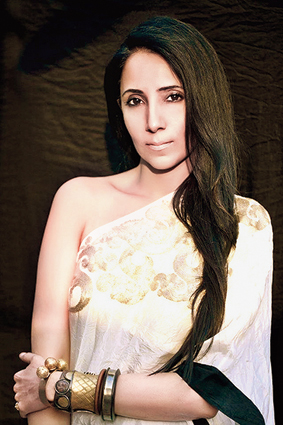
Anamika Khanna Sourced by The Telegraph
Both, perhaps, are a culmination of some of the best conjunction that sartorial prowess of an ingenious kind and love for Indian heritage can possibly produce. And together, the eloquent duo shared their insights that they have painstakingly accrued over the years during a recent chat for Flo Mentorship Cell, Delhi, helmed by Ritu Agarwal. Excerpts:
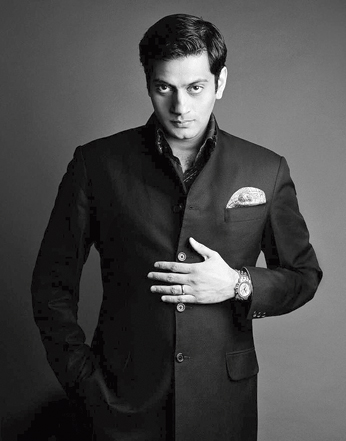
Raghavendra Rathore Sourced by The Telegraph
Reckonings of the trade
Anamika Khanna: Twenty years of this life in fashion made me realise that this is what I was born to do and this was the biggest realisation of my life. One goes through life’s ups and downs and then during difficult times, one also realises that they don’t last forever. That’s been my learning. About running a business, one needs to have a very clear vision of why one is running it. Besides business acumen, one also needs compassion because you are responsible for many people. You need to have constant work, be able to take risks and be able to be judged every single day — especially in our line of work. So one needs to be mentally and emotionally strong.
Raghavendra Rathore: It’s the constant ability to be inquisitive, the ability to adapt, understand the nuisances and to also follow one’s heart. I think all the designers who started their businesses about 25 years ago really started with passion and built a business that we never thought would go beyond a point. I started with four tailors in Jodhpur and it was beyond me to understand that this was not a temporary set-up and would become a menswear brand where we would have companies like (Ermenegildo) Zegna invest in us. So my advice to my children is that by being in anything, you’re in business. The problem is that you should not wait for something to happen and that’s a mistake we make. I think if you’re thrown in at the deep end, you learn to swim.
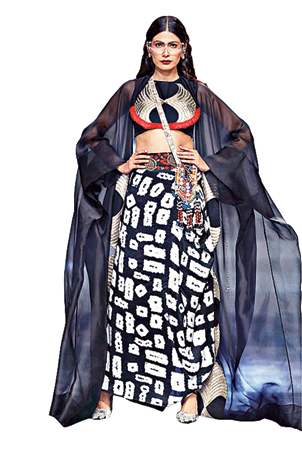
Model in creation by Anamika Khanna. Sourced by The Telegraph
Putting Indian craftsmanship on the world map
Anamika: I was always exposed to some sort of craft or the other and then there was this realisation early on that there was this huge love for Indian textiles and crafts. When I got into this field, I realised that we are not being able to conserve what we have. India was being used as an outsource hub but it was our own crafts and textiles. But I also realised that these crafts needed to be presented in a slightly more modern context — you can’t really do costumes and present them as wearable, everyday garments. This journey started that way and in our small way, we now hugely work with craftsmen and then bring in our bit to it so that in some way, we are preserving it.Raghavendra: In the early years, accompanying my father who was an MLA, for his trips to his constituency, as I sat in his jeep led me to never differentiate between that life and the village and mine. Many years later when I was studying design, I went back to my experiences with my father in the village where people were doing what they do best as they were born into those families. My initiation happened in those villages and the idea was to polish it and present it to the world. I did not invent the bandhgala as my great great grandfather wore it — the first one we could trace dates back to 1,200 years ago and was a sherwani that became a bandhgala because the British were here and gave it structure. It’s been an amazing adaptation from something that already existed. In menswear, we work slow and once we have created it, we just have to ensure the delivery of service.
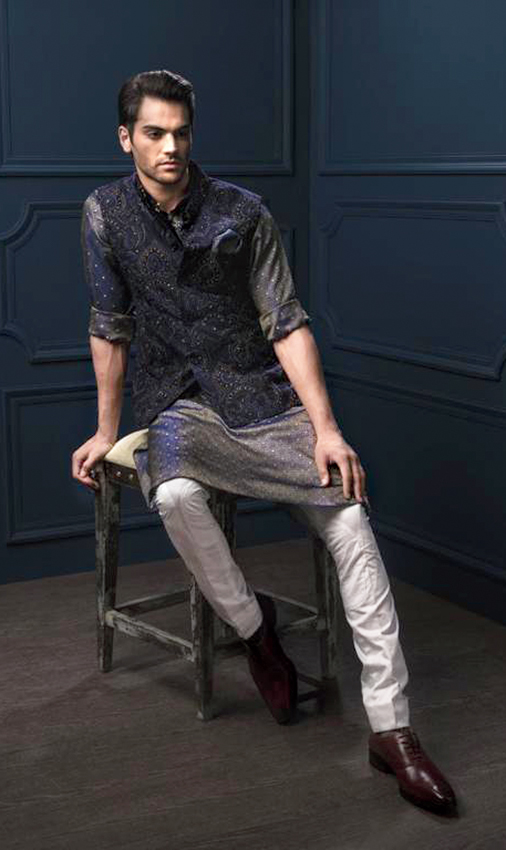
Model in creation by Raghavendra Rathore. Sourced by The Telegraph
Creativity and modernisation
Anamika: I have always believed that creativity is something that you keep at it and keep getting better at. For 20 years, I have just done this from morning to night. What sparks off my creativity is a bit of madness — you give me a deadline and my brain goes into this spiral and designs start flowing out. You keep thinking, researching and working at it and it finally culminates into a design.
Raghavendra: I always go back to stories of the house and a real breech is one that needs two people to pull it off you. It was fascinating to me when I achieved it for my first runway show and ironically, we put the first breeches we ever made on Mehar Bhasin and people took pleasure in wearing them. It was almost 10 years later that we became a menswear brand and moved into creating these clothes into relics. My Vidhu Vinod Chopra experience of Eklavya: The Royal Guard saw me use one of these relics and turn into one for the masses.
I made it more sophisticated and if you buy one today, you can still wear it 20 years later. That’s the important technique of cutting the armholes a little differently. So what I have done is given a more contemporary feel to something that already existed. It’s about the stories that are being told that matter in order to be able to survive this period.
Retaining individuality in fashion
Anamika: The important thing to do is to make an identity for yourself and when the vision is clear, things start falling into place automatically. We have a very clear identity — we are about craft, modernisation, subtle, innovating and experimenting with capes and softer silhouettes.
Raghavendra: It is important to be in a space where there is less competition and that is easier said than done. The recall value of people who recommend people is the experience. For a bespoke company, the product is important but it is also about how people are dealt with. So there’s a relentless effort with a team that ensures that. I always let people talk and we listen as the idea is to have a conversation.

Model in creation by Raghavendra Rathore. Sourced by The Telegraph
The notorious problem of plagiarism
Anamika: Just yesterday, a client was sending us images of our copies to ask us if we had them in stock! There’s a huge problem of plagiarism. On the one hand, you take it as a compliment but having said that, what really bothers me is when designers are doing it and show it at fashion week and then you don’t know where to draw the line. The onus is also on the customer now I think because I am sure they have it at the back of their mind when they’re wearing a copy. It’s a tricky one and I am trying to figure what could be done, especially with all the social media exposure. We put in a lot of effort and time to make our clothes — we don’t do it in large quantities and neither do we want to. It’s all part of it but someday, I hope there’s a solution.
Raghavendra: After we got invested into by Mukesh Ambani’s company, I don’t look into that any more. I just have to point and there’s a legal department that sends very severe legal notices. So probably the way to do this is to have partners who handle this professionally. I think creative people should stay out of getting into these boxing matches because they are endless. But as a brand owner, it is always a concern and we understand the trauma that is causes to designers.

